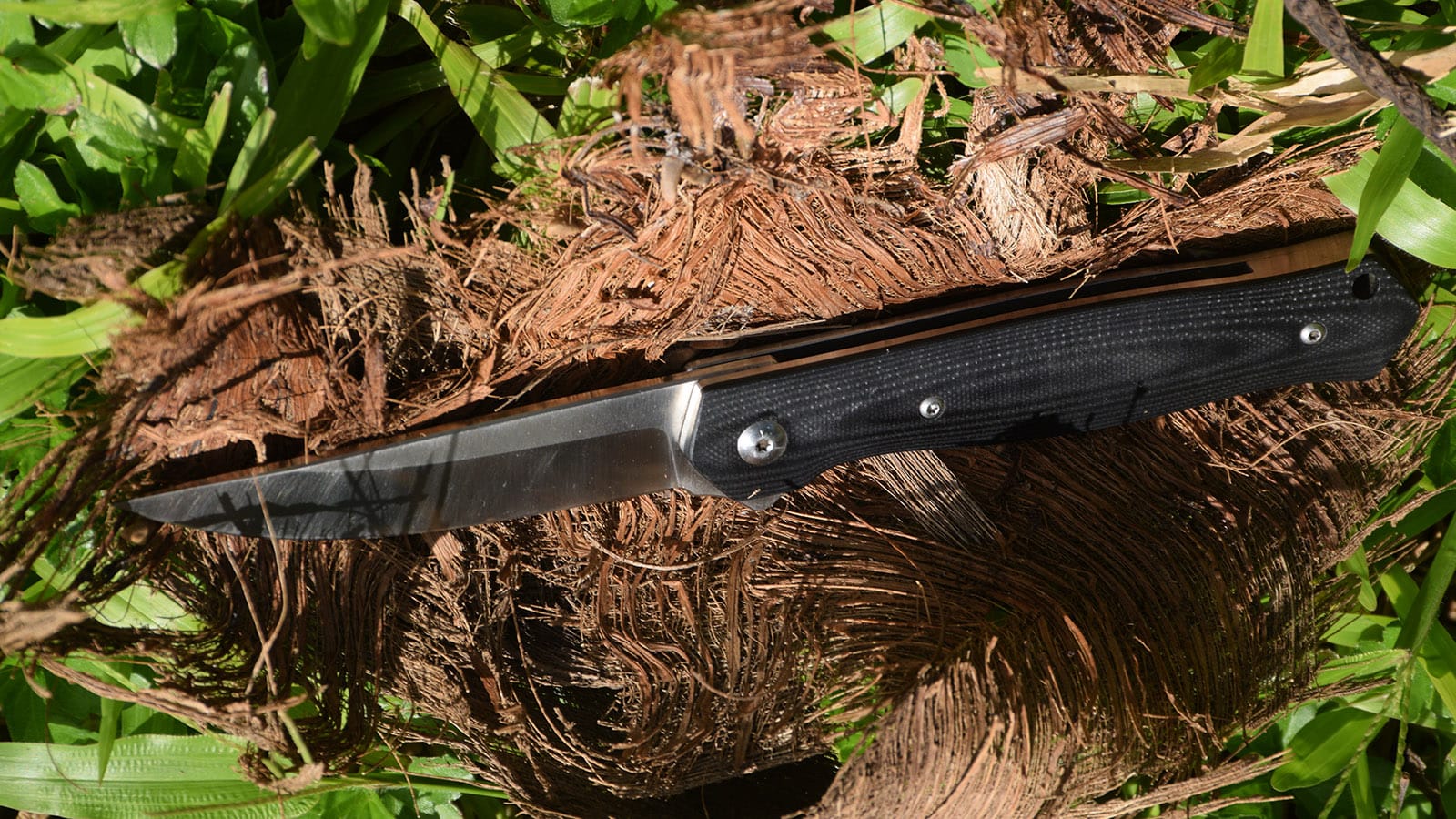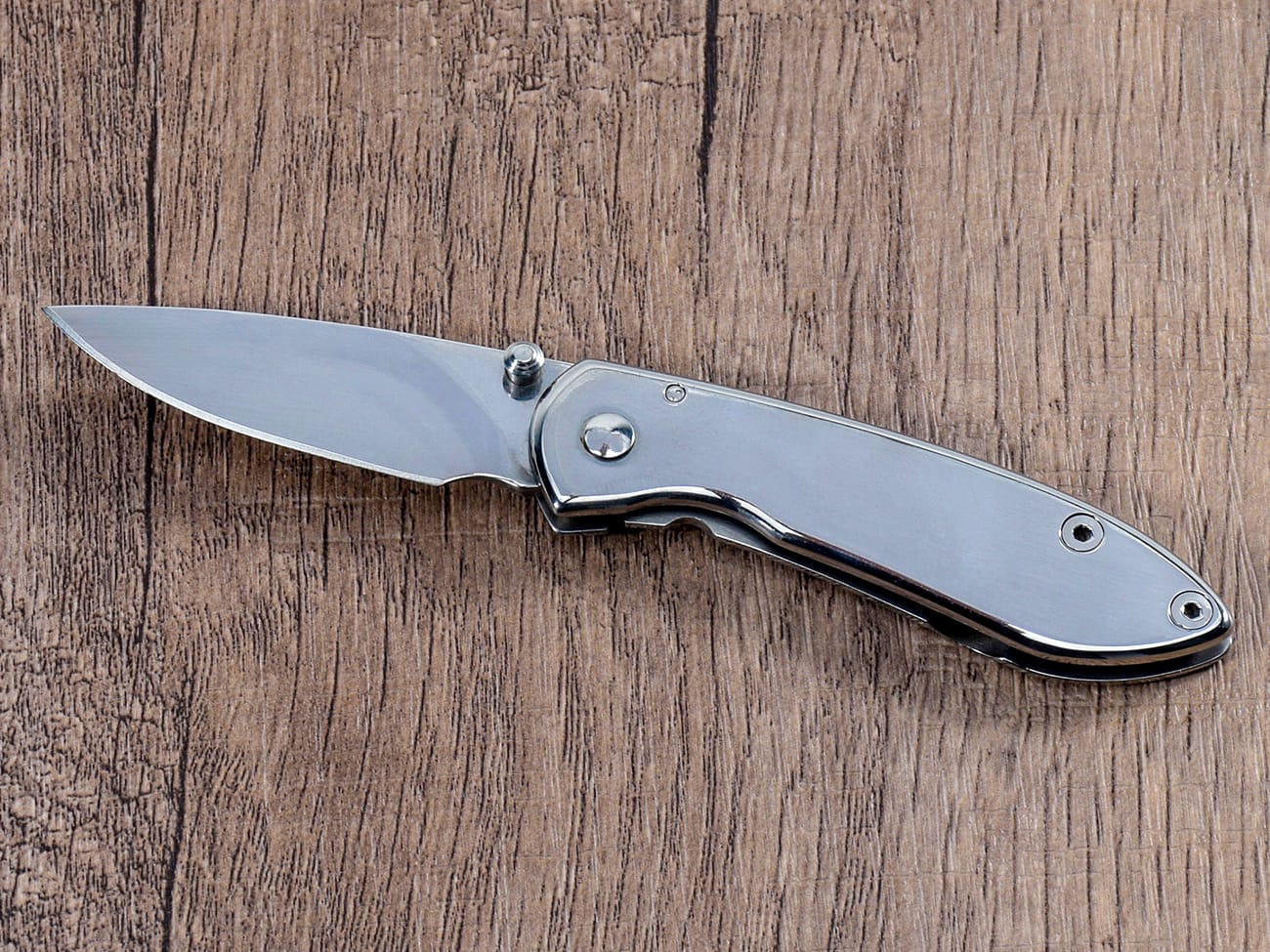Opening oysters, also known as shucking, is an art that can transform your seafood experience. While professional shuckers typically use specialized oyster knives, a pocket knife can be an effective tool when handled properly. This comprehensive guide will walk you through the process step-by-step, ensuring you can safely enjoy fresh oysters at home or outdoors.
Is It Safe to Open Oysters with a Pocket Knife?
Safety should always be your primary concern when shucking oysters. While a pocket knife can work effectively, you need to take proper precautions:
- Use a sturdy, sharp pocket knife with a good grip
- Always wear protective gear like an oven mitt or kitchen towel
- Work on a stable surface to prevent slipping
- Keep the blade clean and sanitized
Learn more about pocket knife safety techniques
Essential Tools and Materials Needed
Before you begin shucking oysters, gather these items:
- A sharp pocket knife
- Protective hand covering (kitchen towel or oven mitt)
- Cutting board or flat surface
- Clean cloth for cleaning shells
- Container for shells
- Crushed ice for serving
Check out our selection of premium pocket knives
Understanding Oyster Anatomy: Where to Start?
The key to successful shucking lies in understanding oyster anatomy:
- The hinge: Where the two shells connect
- The cup side: The deeper half that holds the oyster meat
- The adductor muscle: Connects the oyster to both shells
- The liquid inside: Precious seawater that keeps the oyster fresh
Unable to render imageDetailed anatomy of an oyster showing key parts for shucking
Step-by-Step Guide to Opening Oysters
- Clean the oyster under cold water to remove any debris
- Hold the oyster cup side down in your protected nondominant hand
- Locate the hinge end of the oyster
- Insert the tip of the knife near the hinge
- Wiggle the tip of the knife until you feel it slip between the shells
- Twist the knife to pry the shells apart
- Slide the knife along the top shell to sever the adductor muscle
- Remove the top shell completely
- Detach the oyster from the bottom shell
- Serve immediately on crushed ice
Discover professional-grade pocket knives for seafood preparation
Common Mistakes to Avoid When Shucking
Several pitfalls can make oyster shucking more challenging:
- Using too much brute force
- Inserting the knife at the wrong angle
- Damaging the oyster meat
- Not properly cleaning the shells
- Losing the precious liquid inside
How to Serve Freshly Shucked Oysters?
Present your oysters with style:
- Arrange on a bed of crushed ice
- Serve with traditional accompaniments:
- Lemon juice
- Mignonette sauce (wine vinegar and shallot)
- Tabasco sauce
- Ground black pepper
Browse our collection of seafood preparation tools
Different Types of Oysters and Their Characteristics
Various oyster species require slightly different approaches:
- Pacific oysters: Larger and easier to open
- Belon oysters: Smaller and more challenging
- Local varieties: Ask your fishmonger for specific tips
Troubleshooting Common Problems
If you’re having much trouble:
- Reposition the knife if it slips
- Try approaching from a different angle
- Take breaks to avoid frustration
- Practice on larger oysters first
Safety Tips and Best Practices
Always prioritize safety:
- Keep your workspace clean
- Use fresh, live oysters only
- Store properly before shucking
- Clean tools thoroughly after use
Maintaining Your Pocket Knife for Oyster Shucking
Regular maintenance ensures optimal performance:
- Clean the blade after each use
- Dry thoroughly to prevent rust
- Sharpen regularly
- Store properly
Key Takeaways:
- Always prioritize safety with proper hand protection
- Start at the hinge and work methodically
- Keep the oyster’s natural juices intact
- Practice makes perfect – start with easier varieties
- Maintain your knife for optimal performance
- Serve immediately for the best taste
- Clean workspace and tools are essential
Remember, opening oysters takes some practice, but with patience and the right technique, you’ll be shucking like a pro in no time.Explore our complete guide to pocket knife maintenance




